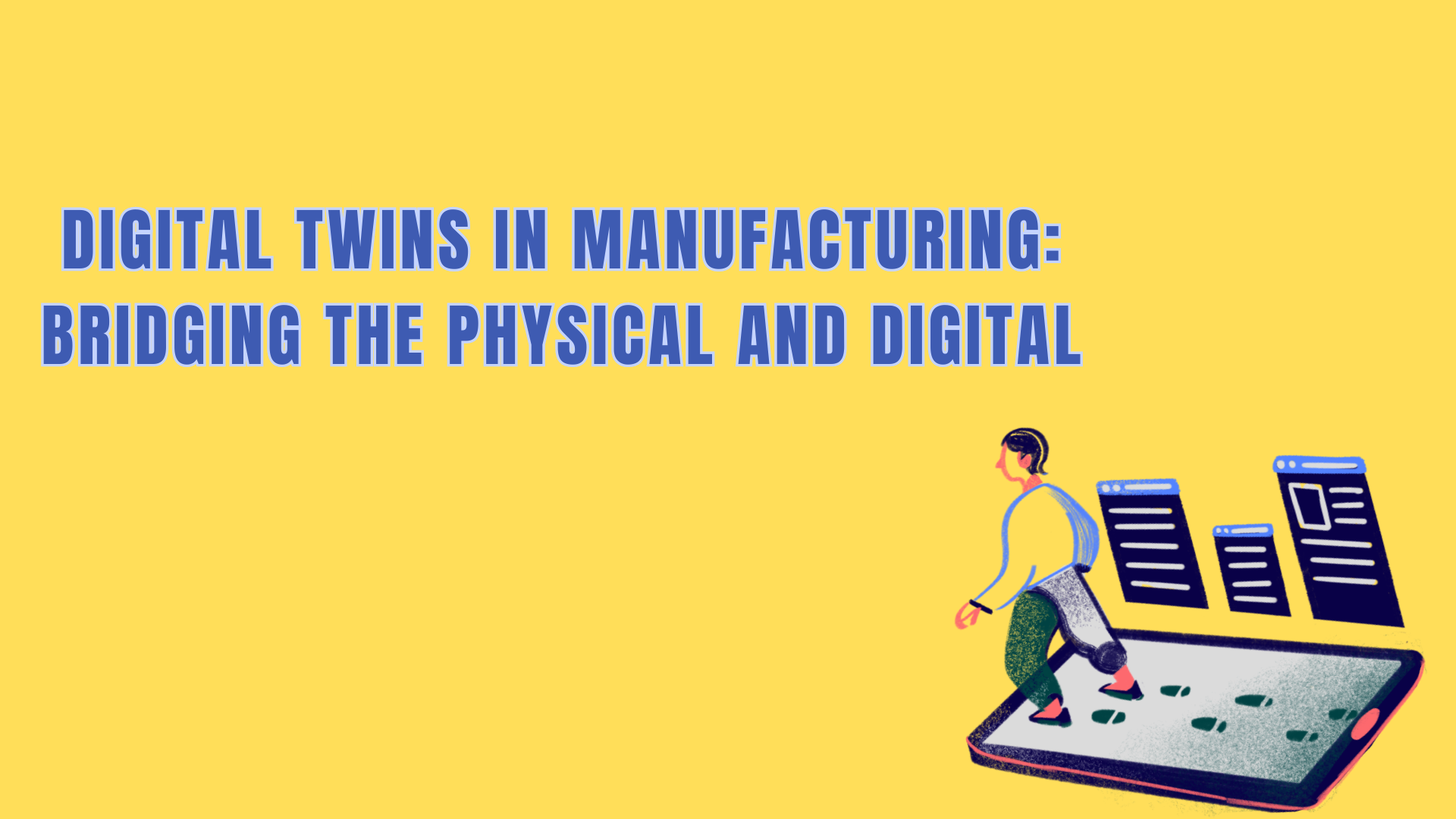In the ever-evolving landscape of manufacturing, the integration of digital technologies has become paramount for enhancing efficiency, productivity, and innovation. One such technology that is revolutionizing the industry is the concept of digital twins. Digital twins offer a virtual representation of physical assets, processes, and systems, enabling manufacturers to bridge the gap between the physical and digital worlds. In this blog post, we’ll delve into the concept of digital twins and explore their transformative potential in the manufacturing sector.
What are Digital Twins?
At its core, a digital twin is a virtual replica of a physical asset or system that mirrors its real-world counterpart in real-time. This digital representation is created through the integration of data from various sources, including sensors, IoT devices, and production systems. By combining real-time data with advanced analytics and simulation capabilities, digital twins provide manufacturers with valuable insights into the performance, behavior, and condition of their assets.
Bridging the Physical and Digital
One of the key benefits of digital twins is their ability to bridge the gap between the physical and digital worlds. By providing a virtual representation of physical assets and processes, digital twins enable manufacturers to monitor, analyze, and optimize operations in real-time. This allows for proactive maintenance, predictive analytics, and continuous improvement, leading to increased efficiency, reduced downtime, and enhanced decision-making.
Applications in Manufacturing
Digital twins have a wide range of applications across the manufacturing value chain. In product design and development, digital twins can be used to simulate and optimize product performance, validate design concepts, and reduce time-to-market. In production and operations, digital twins enable manufacturers to monitor equipment health, optimize production schedules, and minimize waste. In supply chain management, digital twins provide visibility into inventory levels, logistics operations, and supplier performance, enabling better planning and decision-making.
Driving Innovation and Collaboration
Digital twins also serve as a catalyst for innovation and collaboration within the manufacturing ecosystem. By providing a common digital platform for stakeholders across the value chain, digital twins facilitate collaboration, knowledge sharing, and data-driven decision-making. This enables manufacturers to leverage the collective expertise and resources of their partners, suppliers, and customers to drive continuous improvement and innovation.
Overcoming Challenges
While the potential benefits of digital twins are significant, their implementation is not without challenges. One of the key challenges is data integration and interoperability, as digital twins rely on data from multiple sources and systems. Manufacturers must invest in robust data infrastructure, analytics capabilities, and cybersecurity measures to ensure the reliability, security, and integrity of their digital twin environments.
Conclusion
In conclusion, digital twins are reshaping the manufacturing landscape by providing a powerful tool for bridging the physical and digital worlds. By creating virtual replicas of physical assets and processes, digital twins enable manufacturers to monitor, analyze, and optimize operations in real-time, driving efficiency, productivity, and innovation. As manufacturers continue to embrace digital transformation, digital twins will play an increasingly vital role in shaping the future of manufacturing. By harnessing the power of digital twins, manufacturers can unlock new opportunities for growth, competitiveness, and sustainability in an increasingly digital world.









